Technical Column | How to Ensure Laboratory Safety?
Release time:
2025-06-16 17:04
Laboratory safety is Detection an important guarantee for scientific research, teaching, and production. This article discusses how to build a comprehensive laboratory safety management system from the aspects of laboratory design concepts, material safety, ventilation system, fire safety, and chemical management etc. to reduce the risk of accidents and ensure personnel health and environmental safety. Suggestions for optimization are also provided.
One 、 Laboratory Design Concept
Laboratory design should be based on scientificity and functionality , with safety as the core. Laboratory safety must be implemented in every aspect, from the selection of fire and explosion-proof materials and the design of the ventilation system to the standardized construction and management of hazardous chemicals. All measures must work together to build a safety line for the laboratory to ensure the smooth progress of scientific research.
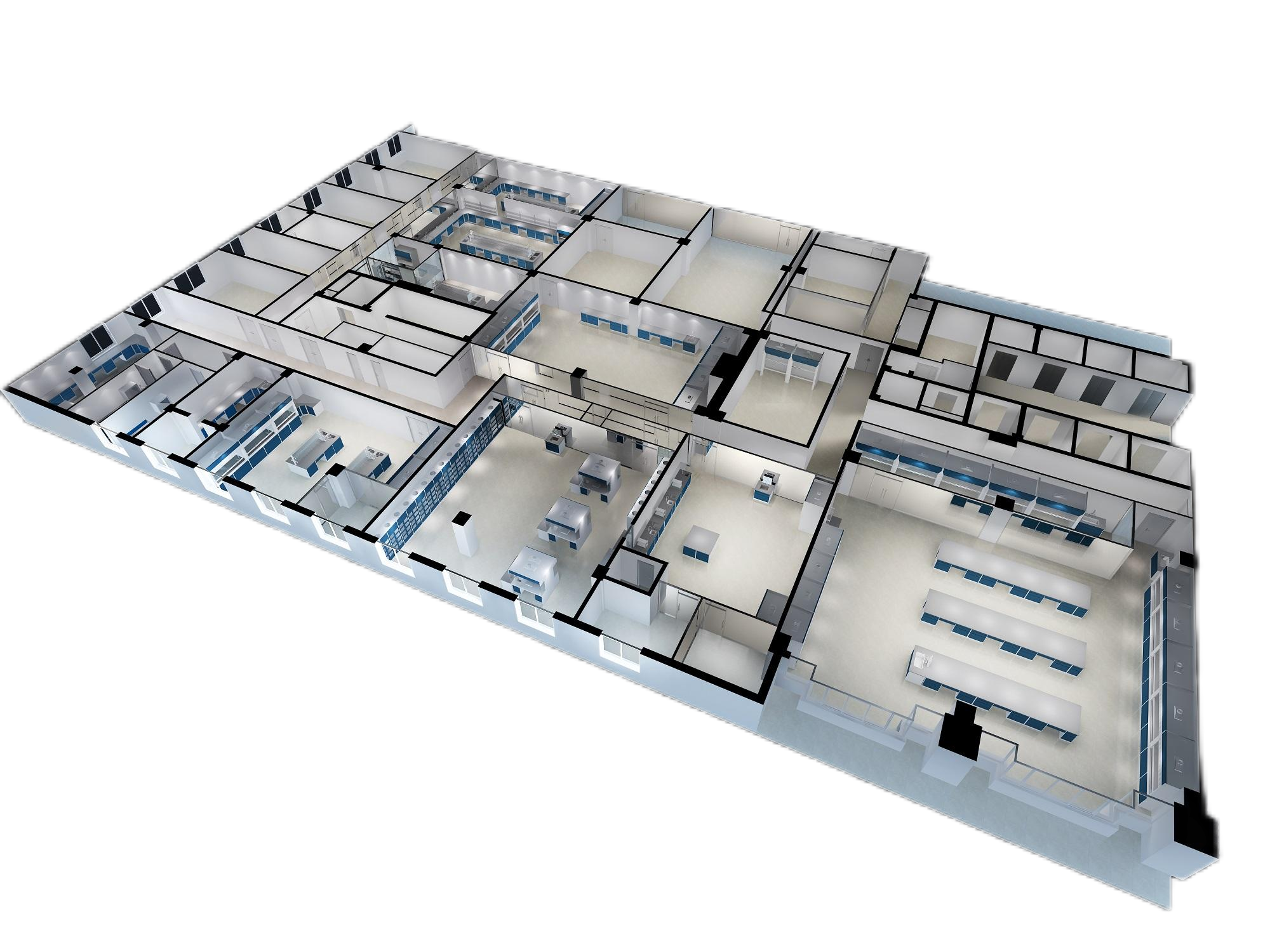
Two 、 Material Safety
Laboratory decoration must use fire-proof and environmentally friendly materials that meet national standards. Adhesives and coatings containing harmful substances such as formaldehyde and benzene are strictly prohibited. Ensure laboratory environmental safety.
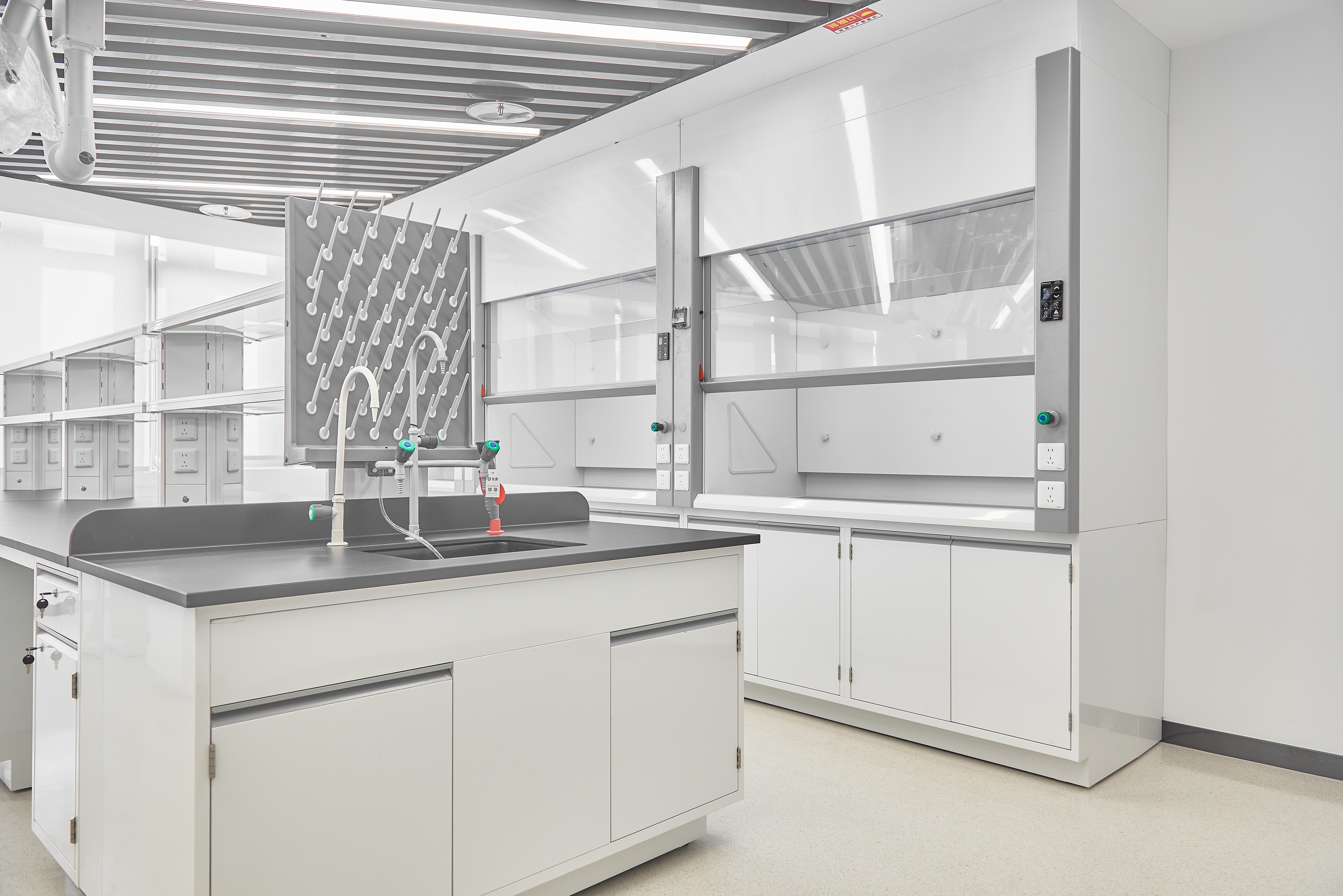
Three 、 Ventilation Safety
The laboratory ventilation system is a key facility to protect the health of laboratory personnel. It is achieved through mechanical ventilation equipment such as universal exhaust hoods and fume hoods, Ensure to exhaust harmful gases in a timely manner. ; Secondly, negative pressure design is used to control the airflow direction, preventing the leakage of toxic gases and protecting the safety of the surrounding environment; in addition, regular inspections of the ventilation system are carried out, and any combustible materials that may accumulate in the exhaust pipes are cleaned up in a timely manner, to eliminate fire hazards.
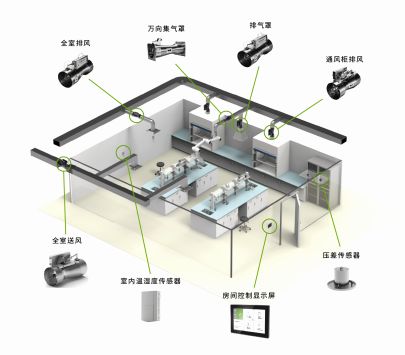
Four, Fire Safety
Laboratory fire safety must systematically consider the three major elements of evacuation, fire prevention, and explosion prevention: In terms of evacuation, design reasonable evacuation width and safety distance and provide emergency lighting and fluorescent indicator signs; fire prevention requires the configuration of fire extinguishers and automatic sprinkler systems; explosion prevention requires that explosives be stored in special cabinets, and the ventilation system should be treated for anti-static electricity. In addition, all fire protection facilities must be inspected and maintained monthly, and fire drills must be organized every quarter, and strictly follow GB50016 Fire Prevention Regulations for Building Design 。
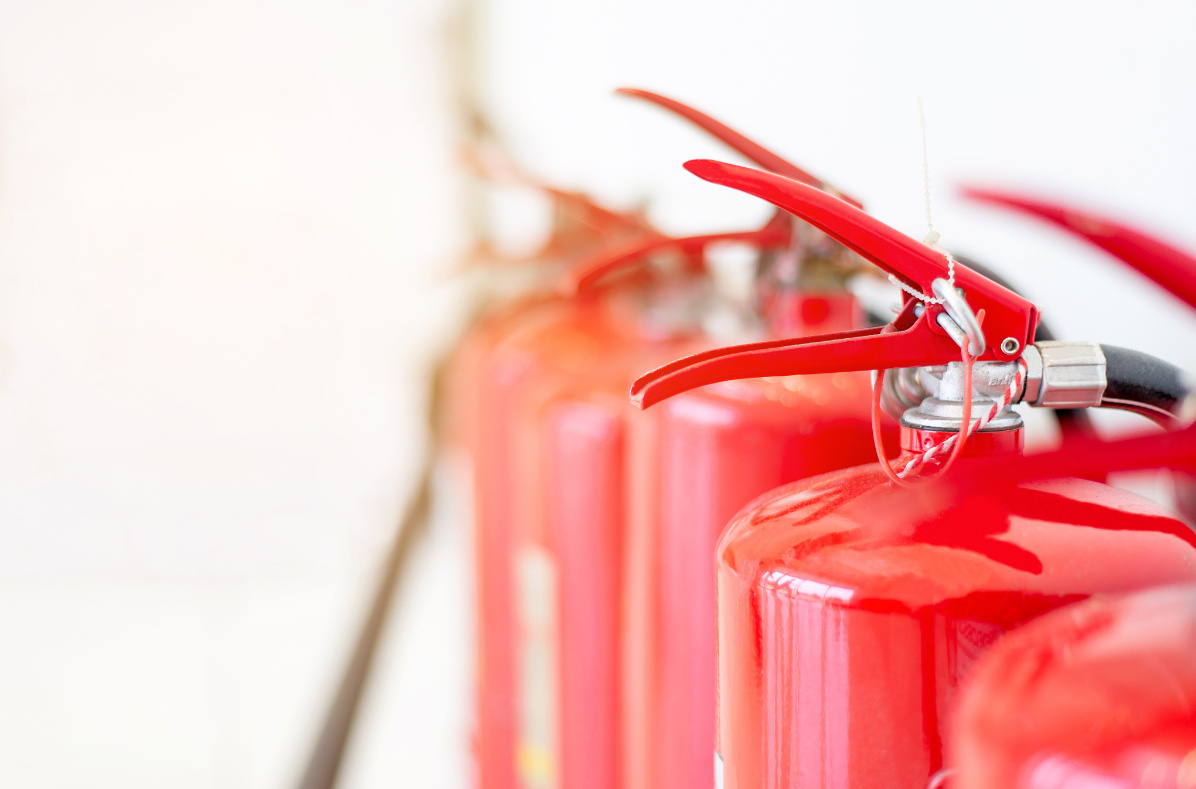
Five 、 Chemical Safety
1 1) Ensure that the design of inert gases and combustible gases in the laboratory meets the regulatory requirements;
2) Ensure that hazardous chemicals (easily manufactured drugs, explosives, and highly toxic substances, etc.) laboratories are designed according to regulations;
'The building structure has a blast-proof surface, is equipped with a mechanical ventilation system, and needs to be equipped with monitoring and temperature control measures.'
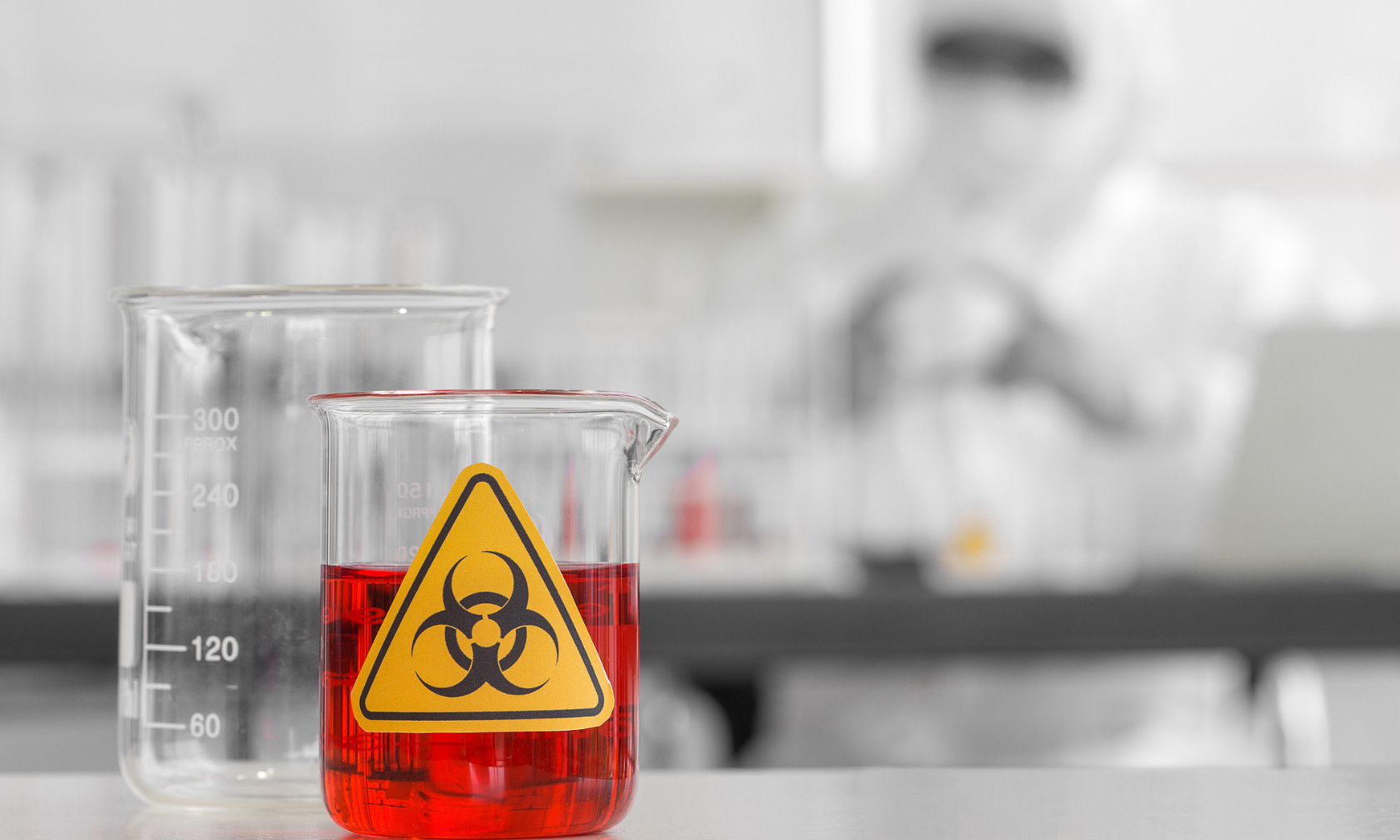
Six 、 Biosafety
Laboratory biosafety needs to build a " human - machine - environment - management " integrated protection system: Configure appropriate laboratory facilities according to the biosafety level; establish standardized operating procedures and personnel training systems; strictly implement personal protection and disinfection and sterilization procedures; implement sample full-process supervision and standardized waste disposal; regularly conduct safety inspections and emergency drills to form a continuous improvement mechanism for biosafety management.
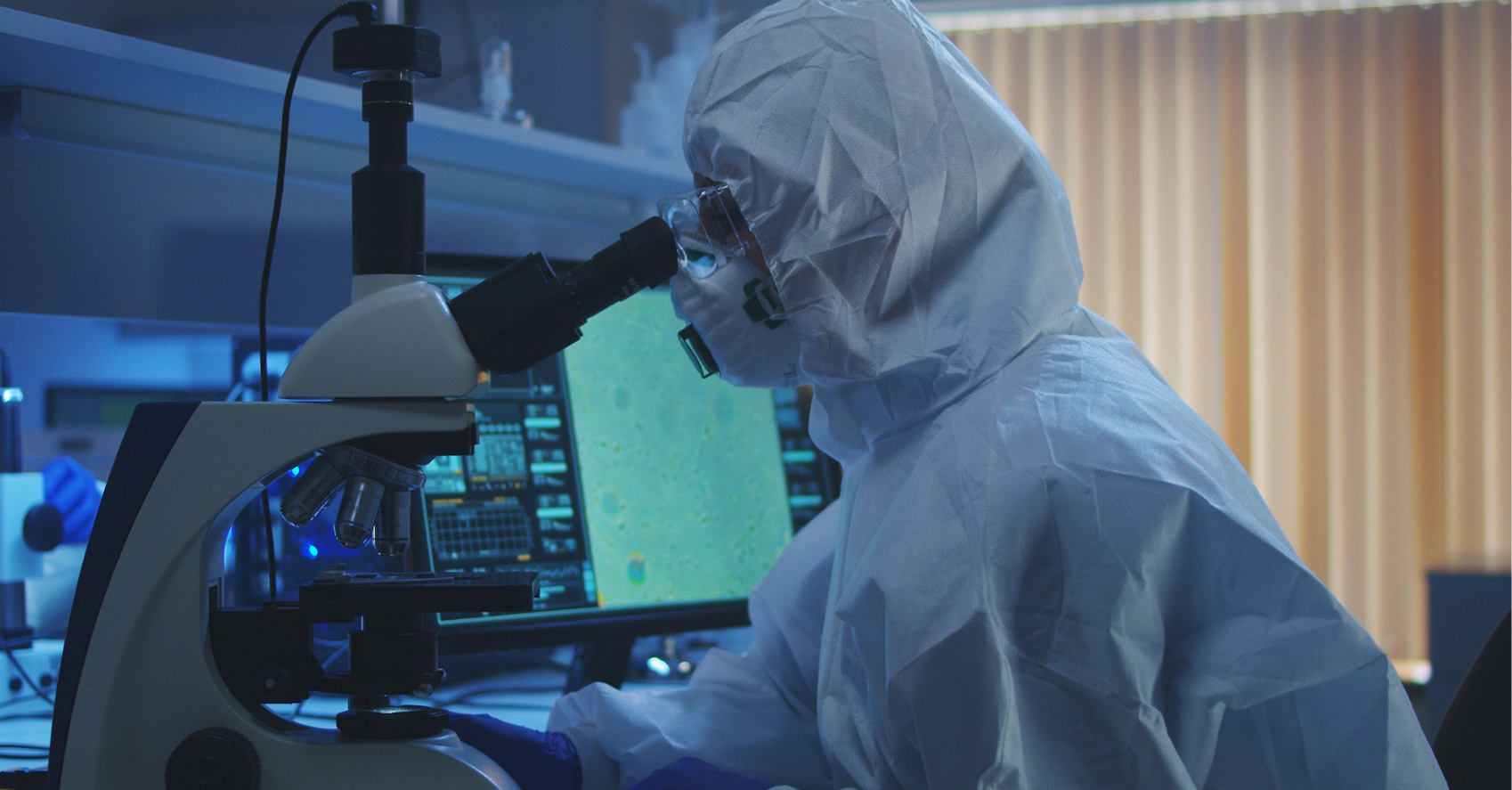
Seven 、 Information Security
It is recommended that the laboratory area be equipped with an independent server 'to store experimental data and equipment usage information, avoiding cross-use and mixing with other resources, endangering the security of laboratory data.'

Eight 、 Safety Management
- Design a laboratory identification system sign in the laboratory area (Beware of explosion / Beware of static electricity, etc.), used to warn laboratory personnel of operations and enhance safety awareness;
- In the hazardous chemicals area, design a special hazardous chemicals management system to intelligently collect and store / use / information such as the remaining amount of reagents and the personnel who used them, ensuring closed-loop management of laboratory reagents and ensuring the safe use of hazardous chemicals;
- It is recommended that the laboratory conduct safety operation training and post laboratory safety operating procedures in the laboratory area;

In short, laboratory safety is a comprehensive project that must start from the overall perspective and be scientifically planned. Specifically, it is necessary to optimize the spatial layout through reasonable functional zoning, strictly select building materials that meet fire and explosion-proof standards, and supplement it with standardized management and emergency plans to ensure the safe operation of the laboratory.
Related News



